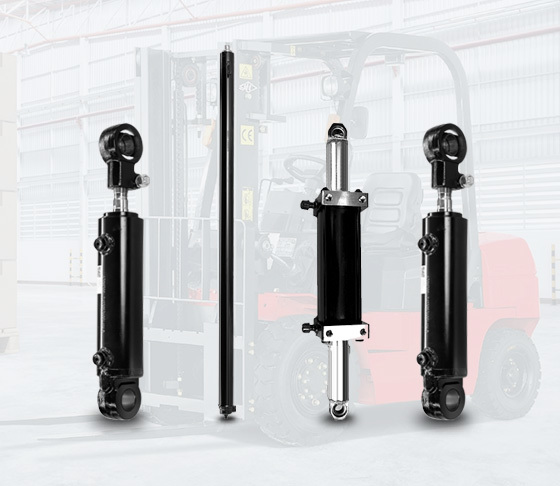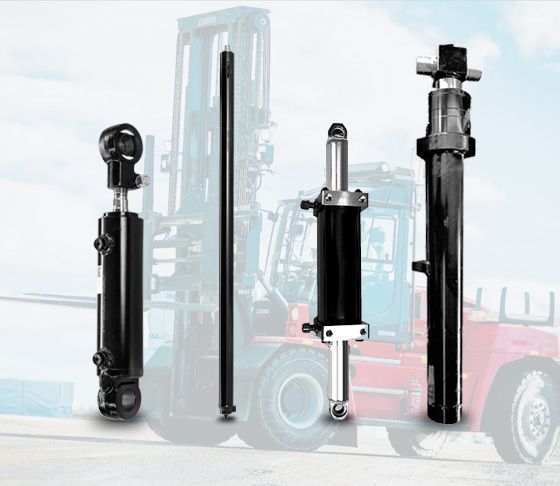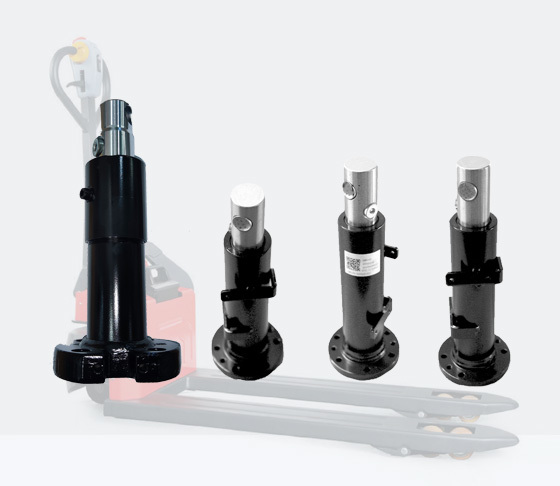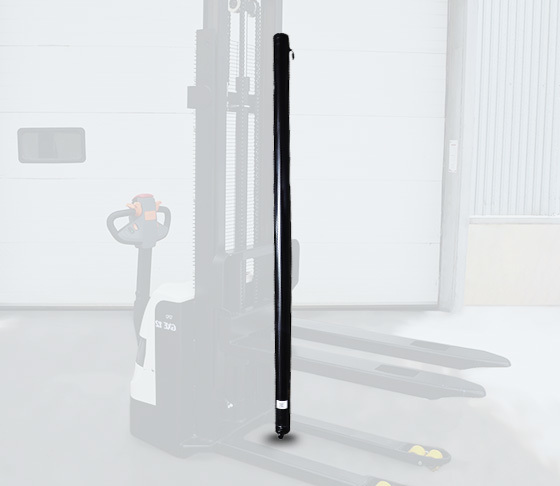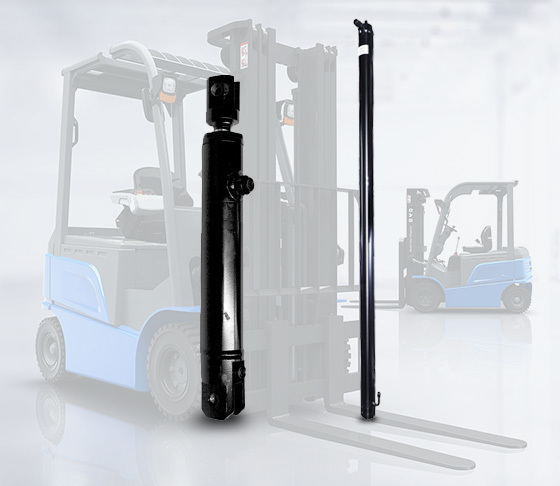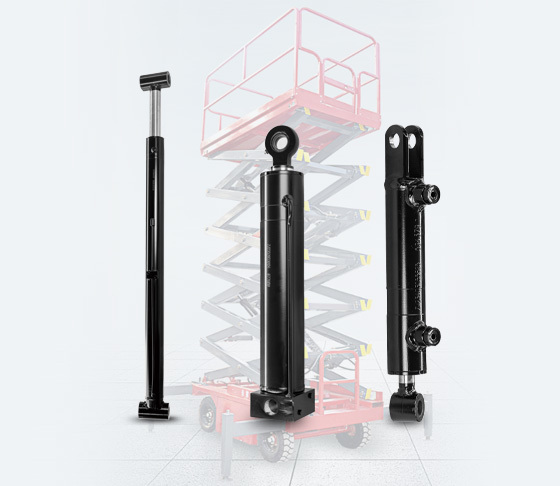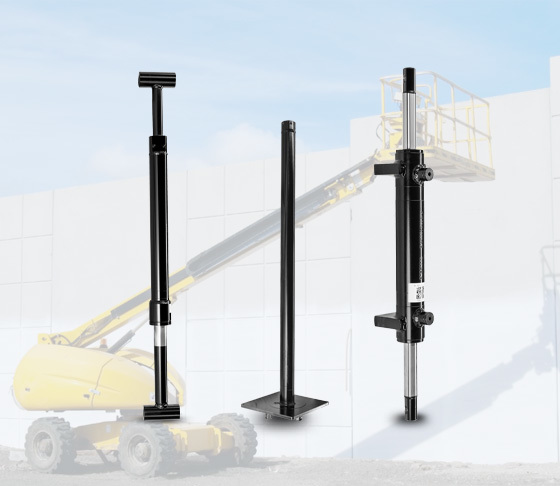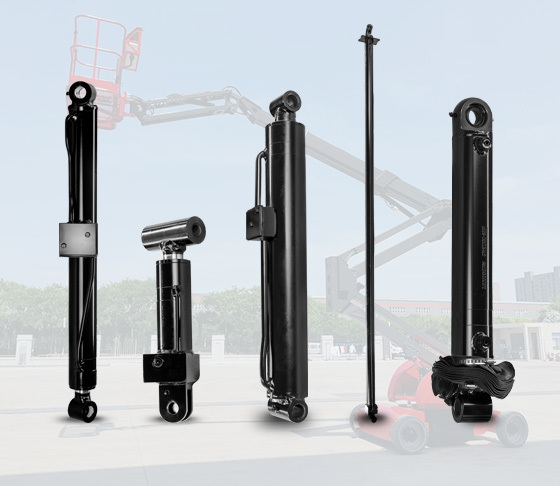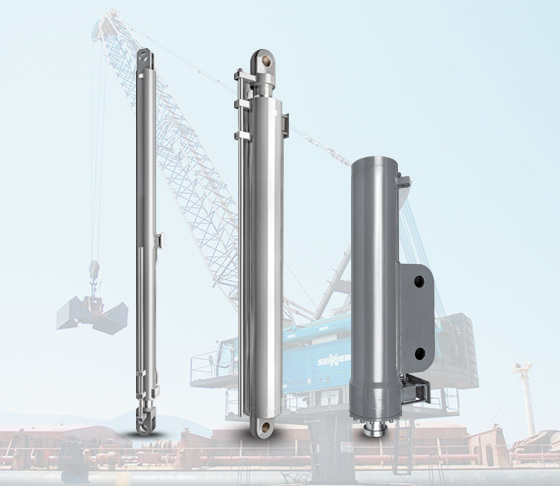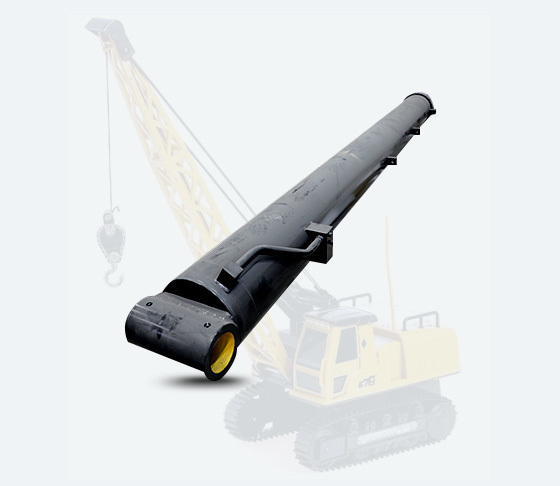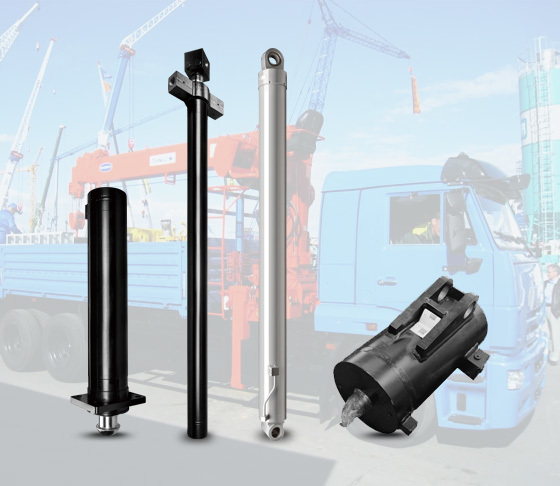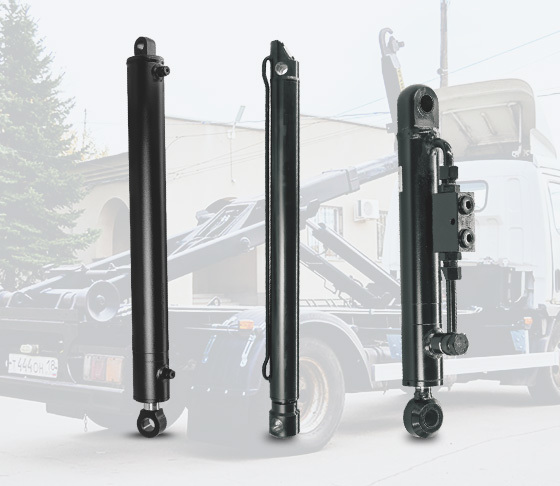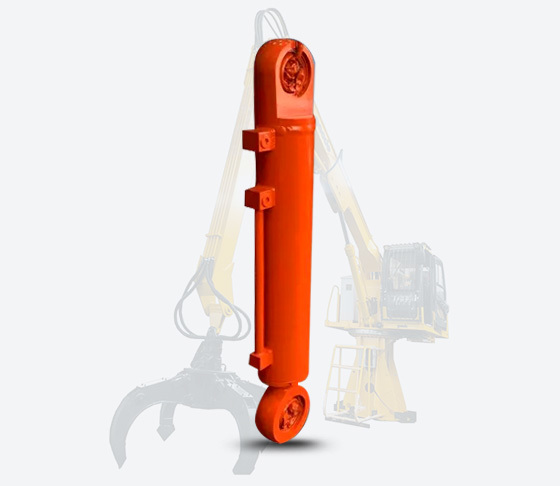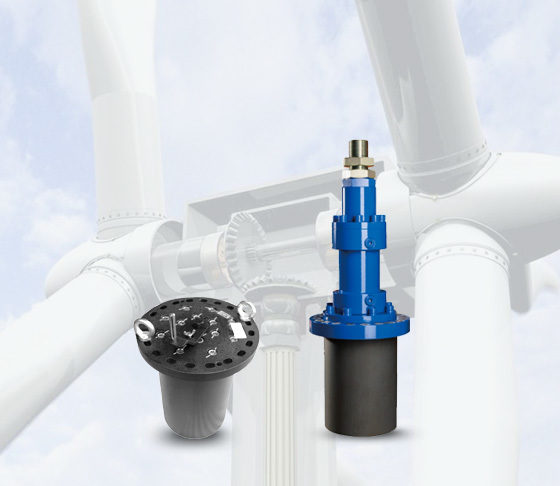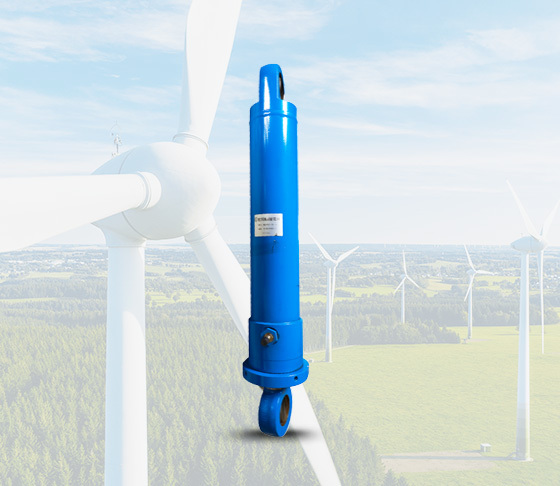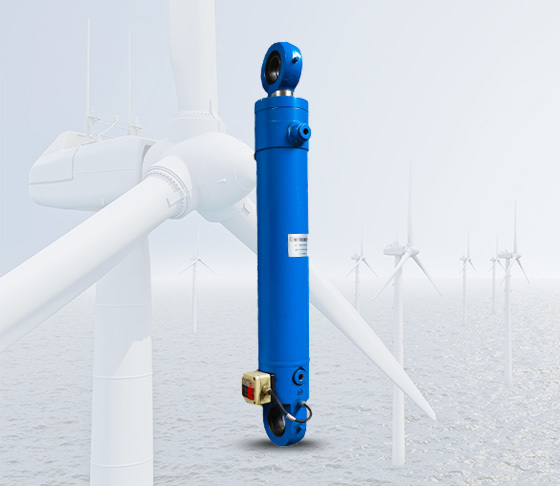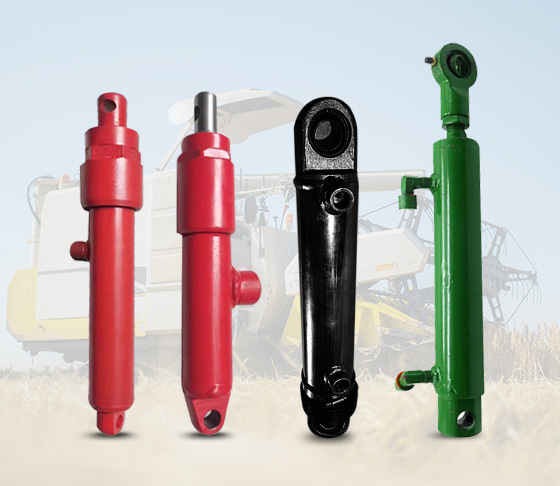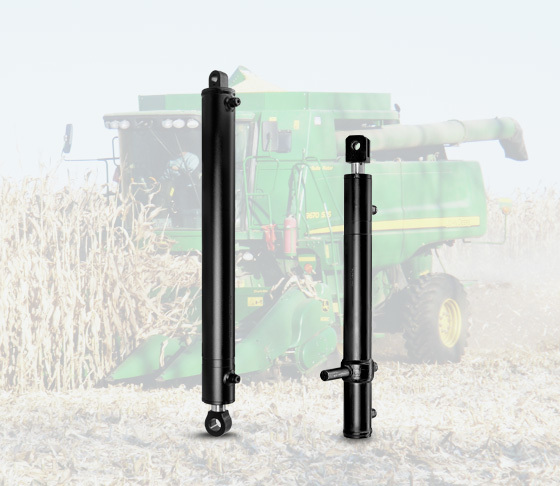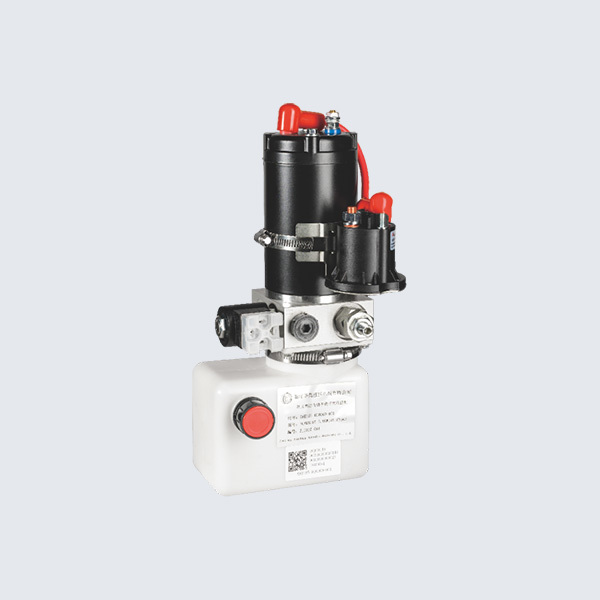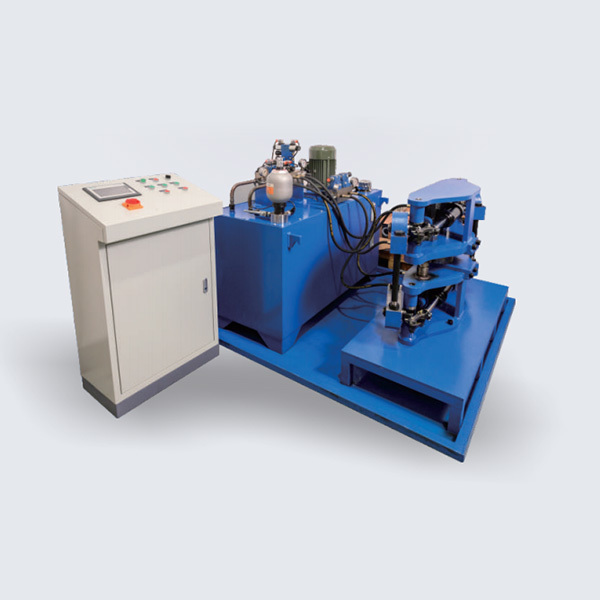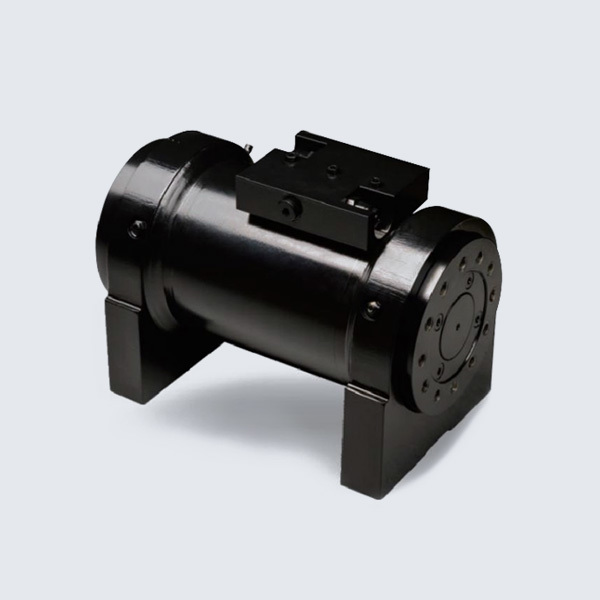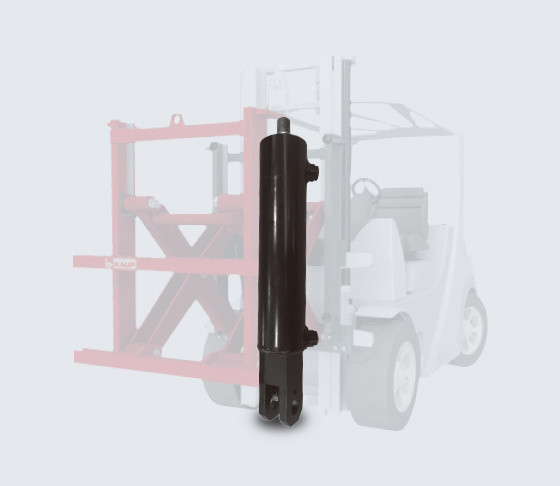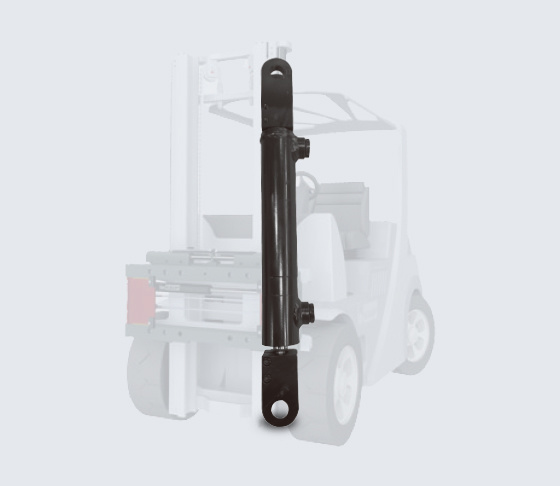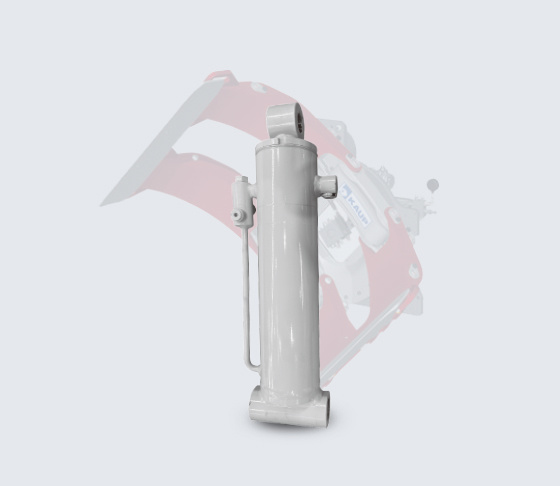Take you to learn about hydraulic cylinders
Sep 27,2023

Introduction to hydraulic cylinder manufacturers: Regarding the selection of hydraulic cylinder models, the main factors are the inner diameter and operating pressure of the hydraulic cylinder. For example, if the stroke is 300MM and the thrust is 4000KG, and the thrust is 4T, it can be calculated that if the working pressure of the oil cylinder is designed to be 8MPA, the inner diameter of the oil cylinder is 80, and the oil cylinder model is 80 * 40 * 300-8MPA. A rod oil cylinder can be used for easy maintenance. If the working pressure of the oil cylinder is 16MPA, the inner diameter of the oil cylinder is 60, and the oil cylinder model is 60 * 35 * 300-16MPA, which can be welded, connected or pulled. It is recommended to determine the operating pressure of the oil cylinder based on the system pressure of the mechanical equipment.
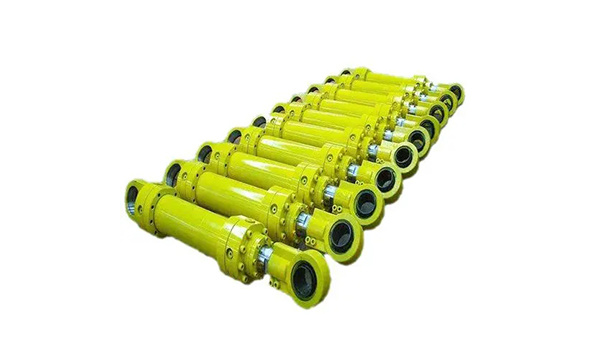
If the mechanical equipment is precision machined, the system pressure should be selected lower, usually below 5MPA. If rough machining is required, the system pressure should be selected higher. After determining the system pressure of the equipment, calculate the inner diameter of the oil cylinder and determine the connection method, installation method, piston rod end thread, and specific installation dimensions of the oil cylinder. The installation method of the oil cylinder is also related to the calculation process, such as whether the oil cylinder is installed vertically, horizontally, or at an angle.
The hydraulic cylinders produced by hydraulic cylinder manufacturers mainly include cylinder barrels, piston rods, cylinder heads, and pistons. The cylinder head is made of low-pressure castings, HT300 gray iron is used for medium and low pressure, and 35 and 45 steel is used for medium and high pressure. When the cylinder head itself is a guide sleeve for the piston rod, cast iron is selected for the cylinder head. Meanwhile, brass, bronze, or other wear-resistant materials should be melted onto the guiding surface. If the structure of pressing the guide sleeve into the cylinder head is adopted, the guide sleeve should be wear-resistant cast iron, bronze or brass.
The commonly used materials for pistons are wear-resistant cast iron, gray cast iron (HT300, HT350), steel, and aluminum alloy; The coaxiality tolerance value of the piston and piston rod should be 0.03mm. The commonly used material for cylinder barrels is seamless steel pipes of sizes 20, 35, and 45. The steel pipes are honed or rolled to achieve a thickness of 0.4 μ Roughness requirements within m. Low pressure oil cylinders can use 20 gauge steel pipes, while high pressure oil cylinders can use 45 gauge steel pipes. There are two types of piston rods: solid rod and hollow rod. One end of the hollow piston rod needs to leave a vent hole for welding and heat treatment. The material of the solid piston rod is 35 and 45 steel, and the material of the hollow piston rod is 35 and 45 seamless steel pipe. After rough machining, the piston rod is quenched and tempered to India, which is 229~285HB. If necessary, it is quenched by high-frequency quenching, and the hardness reaches 45~55HRC
In order to effectively reduce the failure rate of hydraulic cylinders, it is first necessary to understand several states of hydraulic seals. When the seal is not installed, there are four dimensions, namely the inner diameter and outer diameter of the seal root, the inner diameter and outer diameter of the lip. When the seal is installed in the groove and has not yet worked, the groove size remains unchanged, but the size of the seal has changed completely. The four dimensions are the outer diameter of the seal root, and the outer lip diameter changes simultaneously to the outer diameter of the groove; The inner lip diameter is the diameter of the piston rod, and the root inner diameter is the amount of gap between the seal and the piston rod plus the diameter of the piston rod.
When the hydraulic cylinder starts to work under pressure, the working state of the seal is: the inner and outer lips are tightly attached to the inner and outer walls move slightly backwards. The root of the sealing element is compressed backwards, and as the pressure increases, the force of hydraulic oil on the sealing element also increases, and the overall deformation of the sealing element also increases. When the work cycle is completed and there is no pressure on the oil cylinder, the seal returns to its original state. Repeatedly deform and recover until the effective amount of both lips of the seal is completely lost, and then the seal is damaged.
Secondly, it is necessary to match the dimensional tolerance of the hydraulic cylinder groove with the sealing element. There are many forms of reciprocating seals, including L-shaped, U-shaped, V-shaped, and Y-shaped, which are mostly lip shaped seals. The reciprocating lip seal is widely used in the reciprocating oil cylinder of hydraulic systems. This type of seal has a lip shaped compression surface and a small interference during installation, allowing the lip edge to fully contact the sealing surface and produce a sealing effect. When the oil cylinder is working, as the pressure increases, its contact force and contact area increase, and the sealing performance improves with the increase of pressure. When the oil cylinder returns, the pressure decreases, the contact area and contact force decrease, and the sealing performance decreases accordingly.
PREVIOUS:
Related Posts
Contact Us
Address:No. 88, Gaoqing Road, Qingshanhu Street, Lin'an District, Hangzhou City, Zhejiang Province, China
Postal Code:311305
Phone:+86-0571-87938113,87938137
E-mail:hc208@zjimee.com.cn





